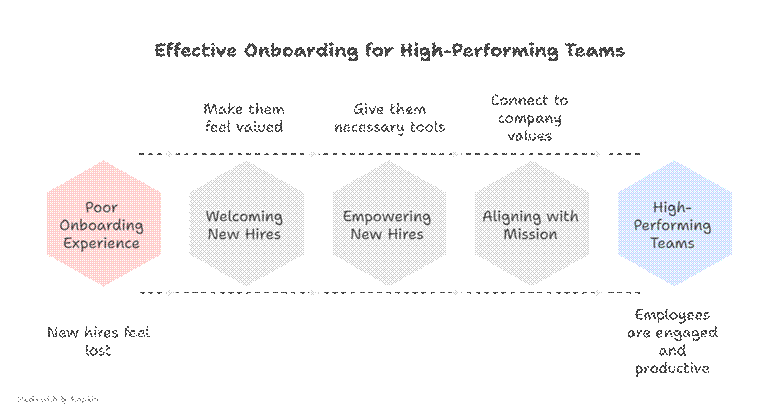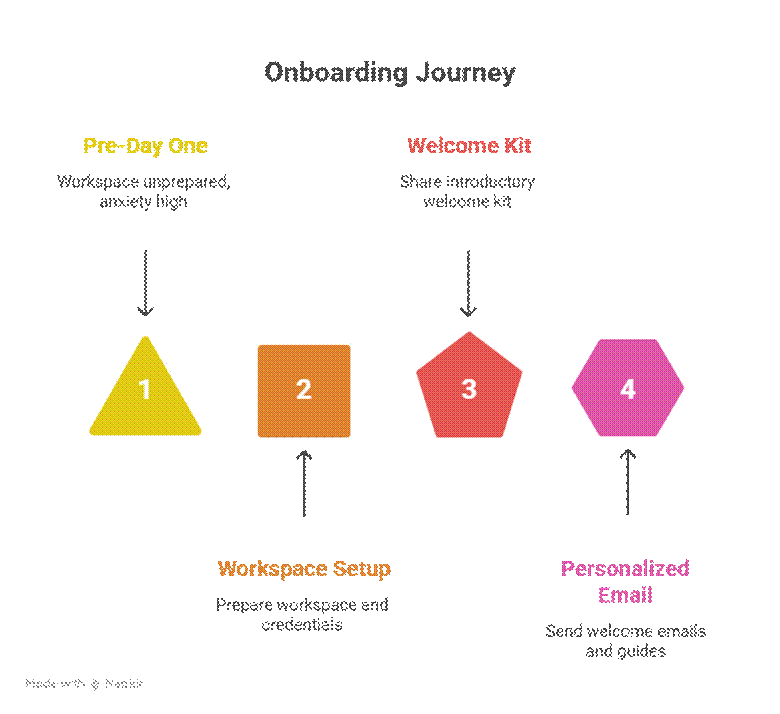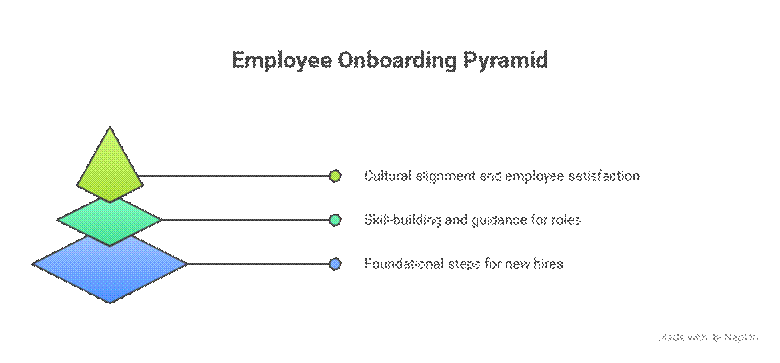Onboarding is more than just paperwork and an office tour—it’s the critical first step in shaping an employee’s journey and experience with your organization. For companies like https://curiositytech.in/html/courses.html
, which values innovation and seamless integration of talent, effective onboarding is a cornerstone of building high-performing teams. A well-structured onboarding program ensures that new hires feel welcomed, empowered, and aligned with the company’s mission from day one.

Why Employee Onboarding Matters

- Understand company culture and values
- Clarify role expectations and responsibilities
- Build relationships with colleagues and leadership
- Gain access to essential resources and tools
- Quickly become productive contributors
Key Components of an Effective Onboarding Program
1. Pre-Onboarding Preparation

2. Orientation Sessions
Orientation should go beyond basic introductions. It’s the time to immerse employees in your company’s mission, vision, policies, and culture. A hybrid approach, combining virtual and in-person sessions, allows flexibility while keeping engagement high.
Suggested Orientation Agenda:
| Time | Activity | Objective |
| 9:00–10:00 AM | Welcome & Company Overview | Introduce company mission and vision |
| 10:00–11:00 AM | HR Policies & Compliance | Outline guidelines, benefits, and compliance |
| 11:00–12:00 PM | Team Introductions | Foster relationships with colleagues |
| 1:00–2:00 PM | Tools & Systems Setup | Provide access to software and platforms |
| 2:00–3:00 PM | Q&A & Feedback | Clarify doubts and gather insights |
3. Role-Specific Training
Once employees understand the company’s framework, role-specific training is essential. This includes hands-on practice, shadowing experienced colleagues, and setting short-term goals. CuriosityTech.in emphasizes a mentorship model where experienced team members guide newcomers through practical workflows.
4. Social Integration
Human connections are pivotal in employee engagement. Encourage participation in team activities, social gatherings, or online communities. At CuriosityTech.in, platforms like LinkedIn and Instagram are used creatively to showcase team culture, helping new hires feel part of the larger organizational story.
5. Continuous Feedback
Onboarding is not a one-day event—it’s a process that spans weeks or months. Regular check-ins, surveys, and feedback sessions help identify gaps and improve the onboarding experience. CuriosityTech.in integrates feedback loops to ensure every employee feels heard and supported.
Hierarchical Onboarding Structure (Infographic Description)

Best Practices to Enhance Onboarding Success
- Personalization: Tailor onboarding to individual needs and roles.
- Technology Integration: Utilize digital platforms for smoother communication and task management.
- Mentorship Programs: Assign mentors to new hires to foster guidance and support.
- Clear Communication: Outline expectations, timelines, and performance goals.
- Regular Checkpoints: Ensure ongoing support through periodic assessments.
CuriosityTech.in’s Approach
https://curiositytech.in/html/courses.html
exemplifies onboarding excellence by combining human-centric practices with digital solutions. From pre-boarding emails to interactive team sessions, the company ensures each employee experiences a welcoming, structured, and engaging journey. Their approach emphasizes transparency, culture immersion, and actionable feedback, creating a lasting positive impression.
Conclusion
Employee onboarding is an investment in your workforce. A structured, thoughtful, and personalized approach fosters engagement, accelerates productivity, and reduces turnover. By adopting best practices—pre-onboarding, orientation, role-specific training, social integration, and continuous feedback—companies like CuriosityTech.in demonstrate how strategic onboarding can become a competitive advantage.



